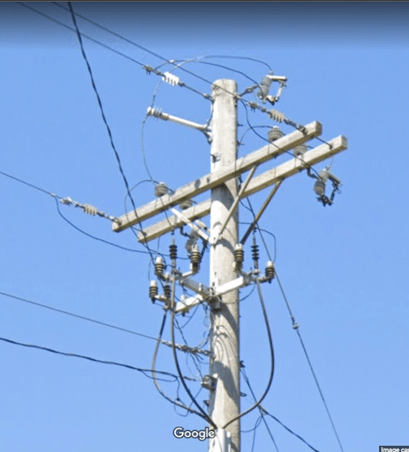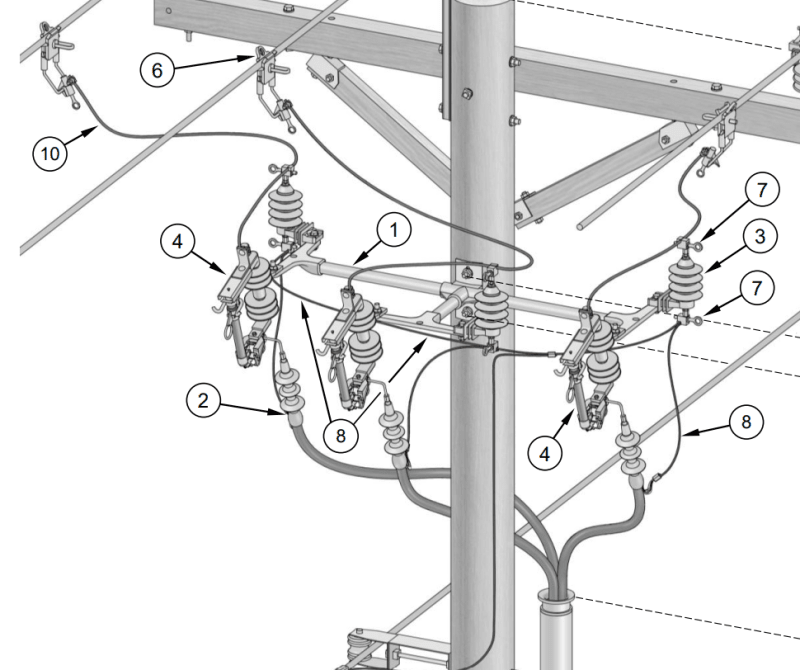Hi everyone,
wondering if some of you got experience or knowledge on the effectiveness or convenience of using 2 arresters in parallel.....
Here i found this information related from a previous thread:
thread238-160262
We are now considering the development of a DUAL ARRESTER ...there could be some benefits
Many Thanks


